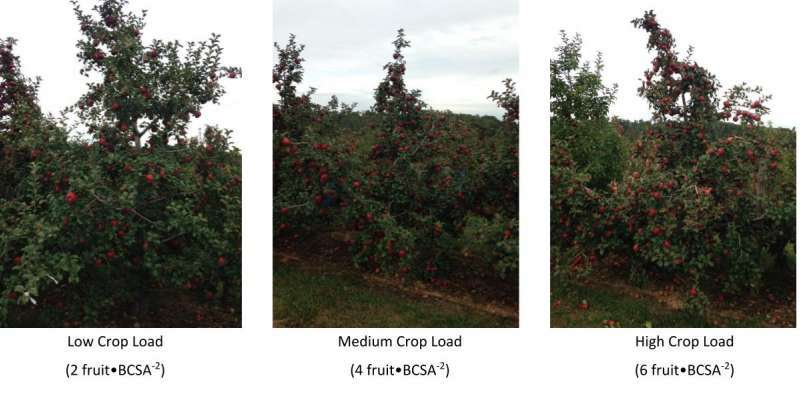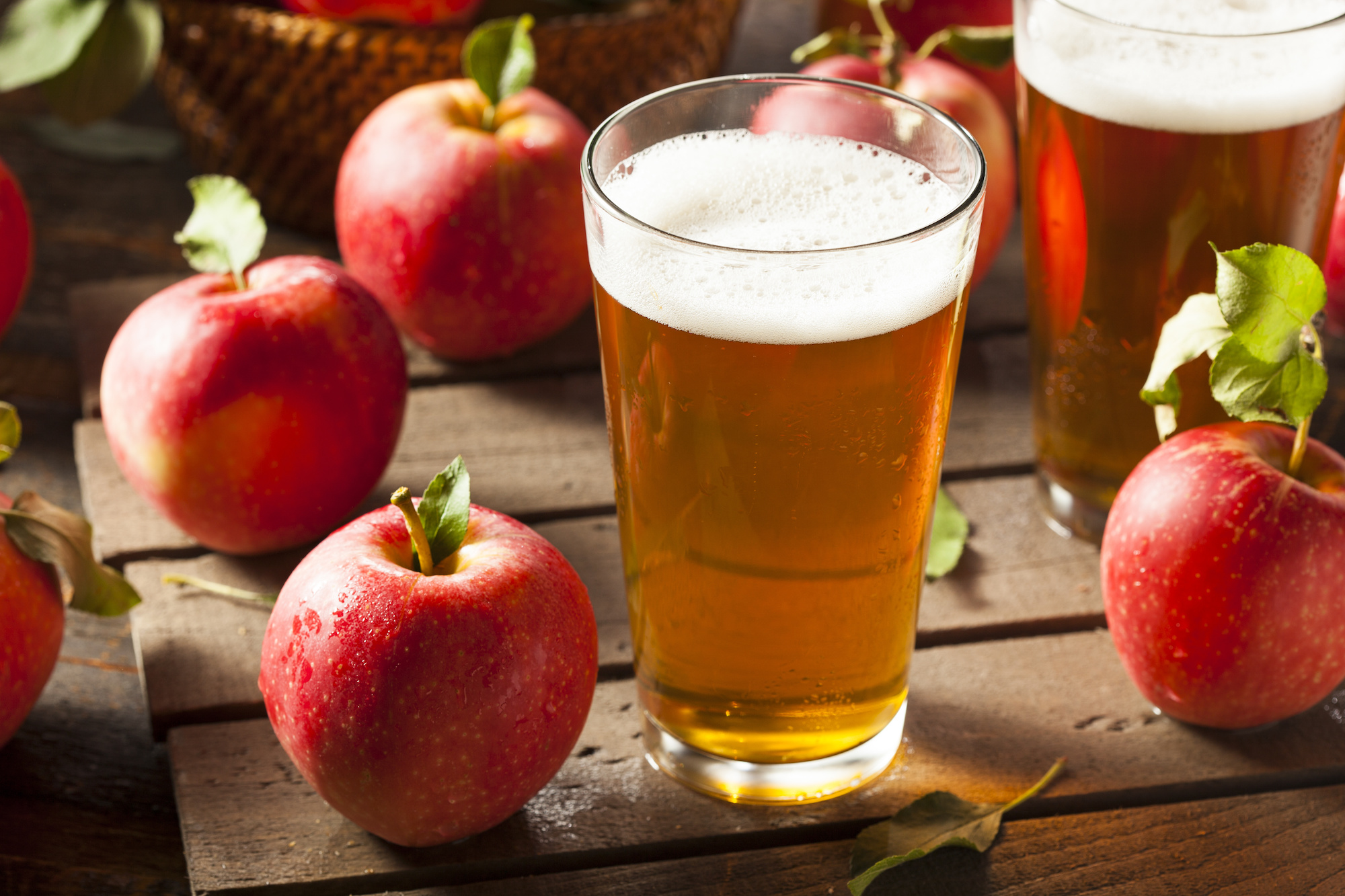Hard cider is a phenomenon in the alcoholic beverage industry, with US consumption growing more than 850% in the last 5 years. A new study examines orchard management strategies that can help growers improve the quality of the cider they produce from culinary apples.
Scientists from Cornell University, Virigina Polytechnic Institute, and Virginia State University carried out field experiments in a 14-year-old 'York Imperial' apple orchard in Winchester, VA. 'York' apples were so chosen as they are primarily used for processing into products like juice, vinegar, and applesauce. The study's corresponding author, Gregory Peck of Cornell, notes that "the vast majority of cider produced in the United States is made from apple cultivars that were originally planted for fresh or processing markets", adding that culinary apples lack some of the fruit quality characteristics favored by cider producers.
In the experiments, 'York' apple trees were hand-thinned to low (2 apples per cm2 branch cross-sectional area, or BCSA), medium (4 apples per BCSA), and high (6 apples per BCSA) crop loads.
At harvest, total polyphenol content did not differ in juice made from fruit grown in the three treatments. However, significant differences became evident after fermentation. The medium crop load and high crop load eventually expressed 27% and 37% greater total polyphenol content, respectively, than the low crop load.
Yeast assimilable nitrogen (YAN) concentration in juice made from fruit from the low crop load treatment was also 18% and 22% greater than the medium and high crop load, respectively. YAN concentrations in juice from the medium and high crop load treatments were similar.
The study suggests that cider quality, as well as conventional apple juice quality, are altered by crop load management. "Management strategies for chemical thinning should take into account the resulting fruit quality, especially YAN concentration in juice pre-fermentation and total polyphenol concentration and total alcohol in fermented cider," said the authors.
The study goes on to caution cider makers of the potential for YAN deficiency in fruit from high crop load orchards. "YAN deficiency can be rectified through the addition of commercially available YAN supplements when warranted," they added.
Growers may wish to conduct their own longitudinal studies to assess the efficacy of experimental programs - like different crop load management strategies - by tracking changes in yields. In the past, this would have been a strenous effort; with hand-drawn calculations and scores of paperwork and notes to dig out of storage and make sense of. Today, crop management software like Croptracker lets growers easily accumulate, store, and view long-term data. Capable of generating over 50 reports, Croptracker can make sense of years of records instantaneously and let growers track trends over time. This lets growers accurately assess how different management practices have affected their results and make more informed decisions for their farm.
Need a refresher on any of Croptracker's features? Head over to our Knowledge Base, where you'll find step-by-step tutorials as well as common troubleshooting tips and more. And as always, if you're ever stuck, never hesitate to e-mail us at support@croptracker.com or Live Chat with us by clicking the green speech bubble ![]() in your bottom right-hand corner. We're always happy to help you let Croptracker make your farm become more efficient, safe, and profitable!
in your bottom right-hand corner. We're always happy to help you let Croptracker make your farm become more efficient, safe, and profitable!
| Missed Last Week's Blog Post? New USDA GAP Assistance Program Comes Into Effect |


